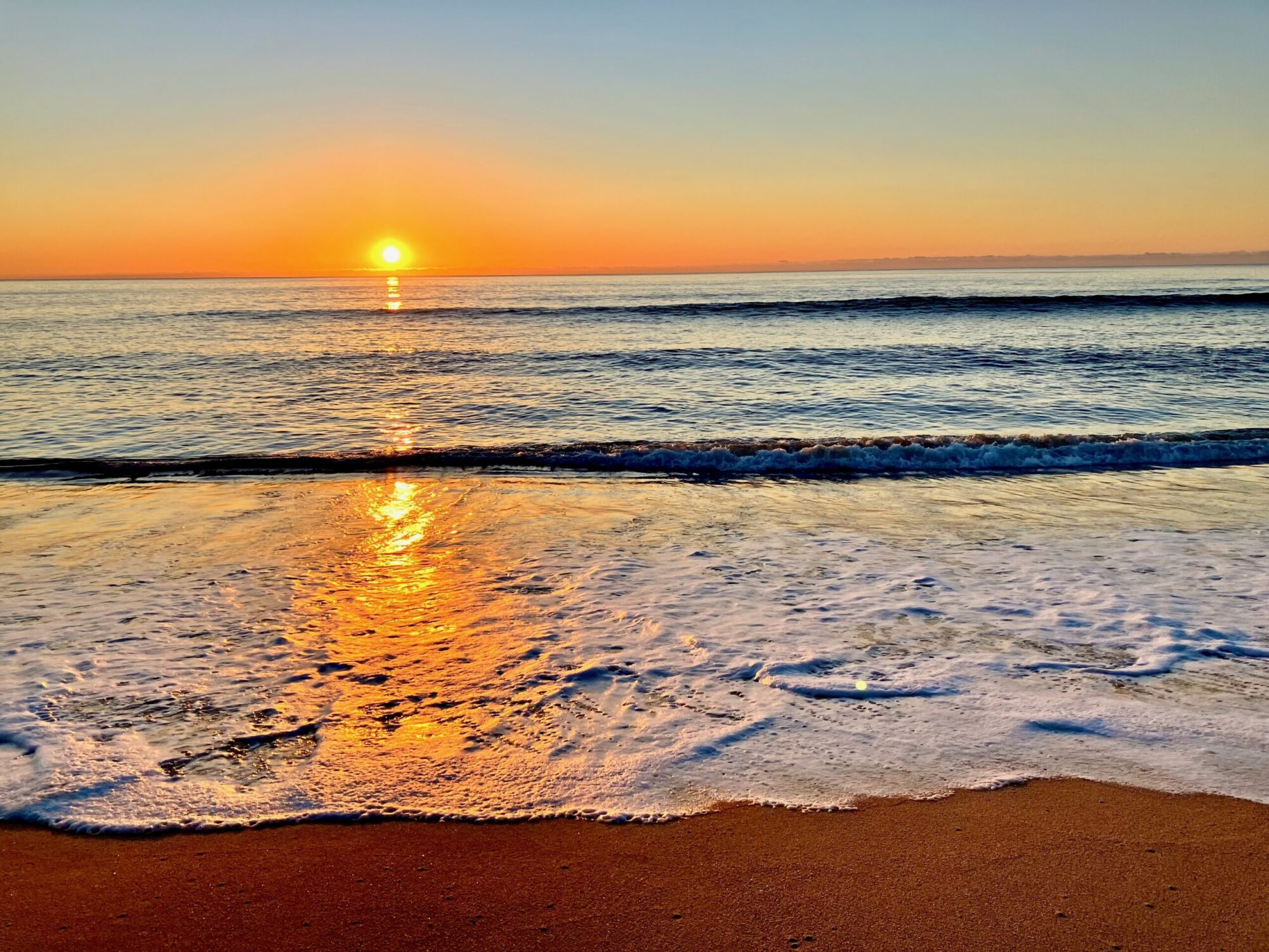According to the New York Times:
At first, the moon entered Earth’s outer shadow, creating subtle changes in the way its surface appeared. After a few hours, it traveled deeper into the shadow and began to appear reddish. That process began around 2:45 a.m. Pacific time.
At 4:11 a.m., the moon fell completely within Earth’s inner shadow, making its full face a deeper shade of red. This total eclipse was relatively short, lasting about 14 minutes and ending by 4:25 a.m. Pacific time. Some total lunar eclipses go for nearly an hour.
The process then reversed itself as the moon passed out of the Earth’s shadow, gradually returning to its normal self until sunrise, at which point, on the U.S. West Coast, it sank below the horizon.
I started taking photos around 4:45 AM in El Pescadero, BCS (mountain time). It was amazing looking through our big binoculars too. What a show!











I took all these photos from my 2nd floor bedroom deck. Got up at 4:30AM and after this last shot I put on my jacket and took my dog for a walk on the beach. I thought I’d get some more shots, but by the time I got outside it was completely overcast and I couldn’t see anything.
Grateful that I got to witness this before the marine layer shrouded the show.
